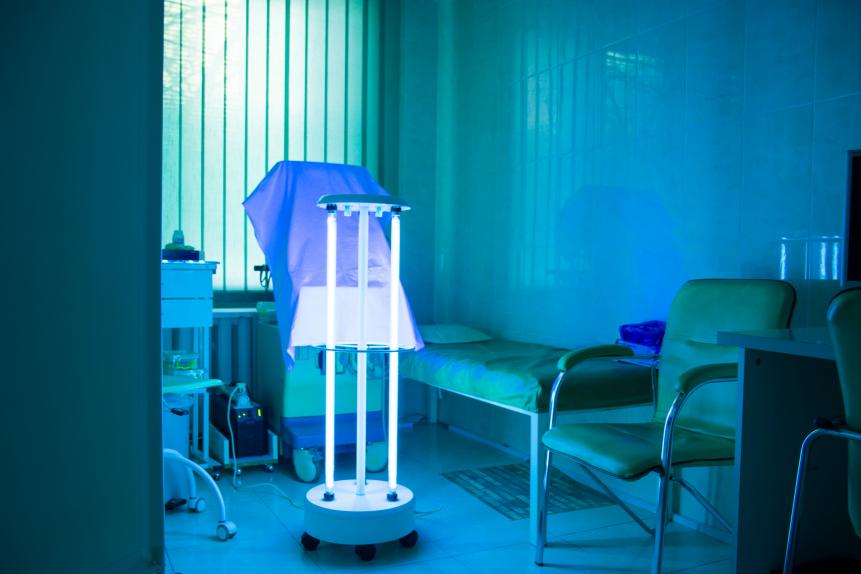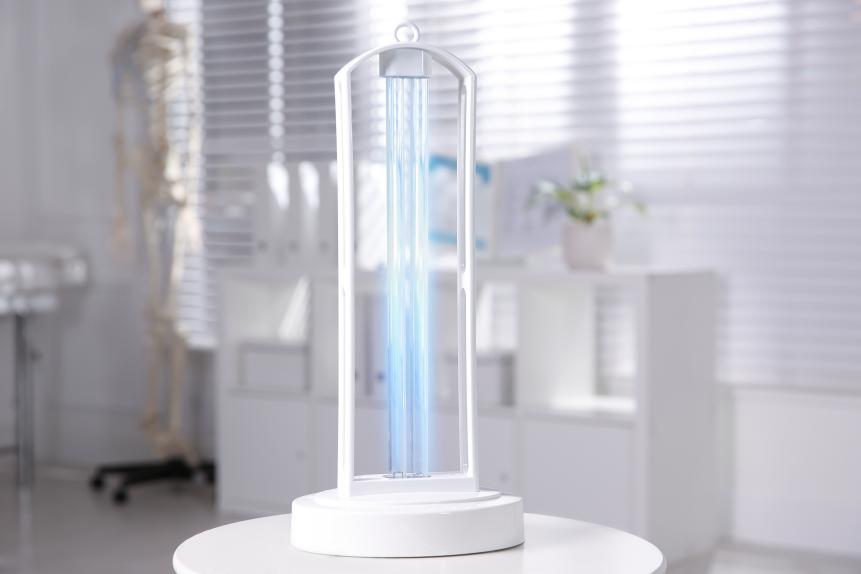
andriano_cz
Ultraviolet Light Could Be the Answer to Future Disease Outbreaks
Coronavirus and the pandemic have made people hyper-aware of reducing their exposure to infection indoors by wearing masks, ventilating rooms, and social distancing. But a new way of using ultraviolet light to kill microbes could rapidly reduce virus particles in public spaces and help prevent future disease outbreaks.
Trials of a far-UVC ceiling light were found to reduce levels of airborne microbes in a large room-sized chamber by more than 98 percent. Scientists first filled the room with aerosolized bacteria and then switched on the lights, ridding the chamber of microbes in just five minutes.
Their experiment with Staphylococcus aureas, a bacteria that is less sensitive to far-UVC than coronaviruses, showed how it could be used to combat the SARS-CoV-2 virus that causes COVID-19. And researchers said the ceiling light setup should be just as effective in tackling influenza and other airborne infections.
Far-UVC light is unlike UVC light conventionally used by medics to kill germs. It retains UVC’s ability to destroy viruses, but at only 222 nanometers it has a shorter wavelength. This means it cannot damage skin or eye cells, as happens when people are over-exposed to UVC. Alongside improved ventilation and air filtering, the risk of common airborne viral transmission using far-UVC could be cut to almost zero.

Shidlovski
One critical benefit of using light technology like far-UVC in this way is that viruses are highly unlikely to develop dangerous variants. This is because ultraviolet light kills viruses and bacteria before they can develop resistant genes.
“What's particularly attractive about far-UVC technology as a practical method of preventing indoor disease transmission is that it will be equally good at inactivating all future COVID variants,” said Columbia University’s David Brenner, co-author of the far-UVC study. “As well as new infectious viruses that have yet to emerge, while retaining efficacy against 'old fashioned' viruses like influenza and measles.”
Advice from the White House and government agencies focuses quite rightly on ventilation systems, opening windows, and air filters as one way to combat airborne diseases like COVID. But the study’s use of commercially available krypton chloride excimer far-UVC lamps produced results that easily beat what is possible with ventilation alone, said researchers.

Liudmila Chernetska
Meanwhile, another study from the University of Leeds in the UK is looking at using high-efficiency particulate air (HEPA) filtering machines and conventional UVC germicidal lights in schoolrooms. To prevent harmful UVC exposure the lights will be set inside sealed units that take in classroom air and expose it to ultraviolet light to kill any infectious particles. Air can then be re-circulated free from viruses.
Using ultraviolet light technologies alongside ventilation systems could well have huge potential for reducing viral exposure in crowded workplaces, schools, and sports facilities, where the risk of transmission is high. And that could help to make public spaces safer, reducing the worry of becoming ill and people’s contact with disease.












































































